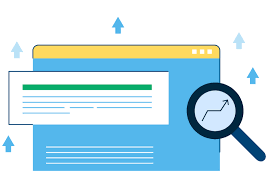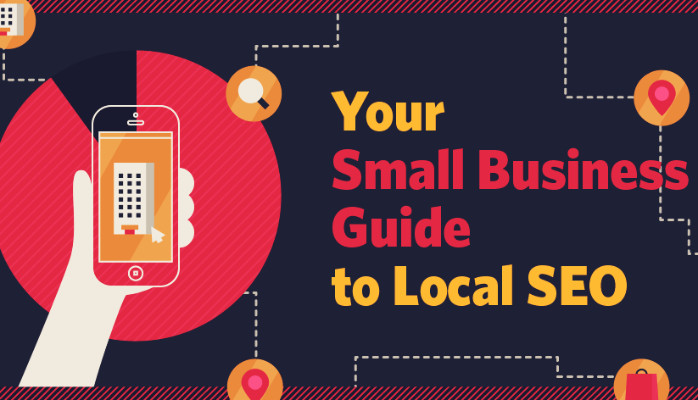Creating valuable and informative blog content is just the first step. To ensure your blog posts reach a wider audience and rank well on search engine results pages (SERPs), it’s essential to implement effective SEO strategies.
In this guide, we’ll explore proven tactics to optimize your blog posts for search engines and enhance their visibility.
Keyword Research
Keyword research is the foundation of SEO for blog posts. Start by identifying relevant keywords and phrases that your target audience is likely to search for.
Utilize keyword research tools to find high-volume and low-competition keywords that align with your content. Incorporate these keywords naturally into your blog post’s title, headings, and throughout the content.
High-Quality Content
Content quality is paramount. Google values informative, well-written, and engaging content. Ensure your blog posts provide value to your readers by addressing their questions or concerns.
Lengthy, comprehensive articles often perform well in search rankings, so aim for in-depth coverage of your chosen topic.
Optimize Headers and Structure
Organize your blog post using headers (H1, H2, H3, etc.) to create a logical hierarchy. This helps both readers and search engines understand the content’s structure.
Include your primary keyword in the H1 header (the post title) and use H2 and H3 headers for subtopics, incorporating related keywords when appropriate.
Meta Tags and Descriptions
Craft a compelling meta title and meta description for your blog post. These elements appear in search results and can significantly impact click-through rates.
Include your primary keyword in the meta title and provide a concise, engaging description that encourages users to click on your link.
Internal and External Links
Internal linking helps establish the hierarchy of your website and allows readers to navigate between related articles.
Additionally, it spreads authority throughout your site. Include relevant internal links to other blog posts or pages within your content.
For external links, link to authoritative sources that support or reference your content. This adds credibility to your blog post.
Image Optimization
Images not only enhance the visual appeal of your blog post but also contribute to SEO. Use descriptive file names for images and include alt text that includes relevant keywords.
Compress images to improve page loading speed, which is another SEO ranking factor.
Mobile-Friendly Design
With the majority of internet traffic coming from mobile devices, it’s crucial that your blog is mobile-responsive. Google prioritizes mobile-friendly websites in its rankings. Ensure your blog’s design and layout adapt seamlessly to various screen sizes.
Regular Updates
Keep your blog content fresh by updating and revising older posts when necessary. This demonstrates that your content is up-to-date and relevant, which can positively impact SEO rankings.
Monitor and Analyze
Use SEO analytics tools to track the performance of your blog posts. Monitor keyword rankings, organic traffic, and user engagement. Adjust your SEO strategies based on the data to continually improve your blog’s visibility and user experience.
Conclusion:
Optimizing blog posts for SEO involves a combination of keyword research, content quality, structural elements, and technical considerations.
By implementing these strategies and staying up-to-date with SEO best practices, you can improve your blog’s search engine rankings, increase organic traffic, and ultimately reach a broader audience.
Remember that SEO is an ongoing process, so be patient and persistent in your efforts to see long-term results.




